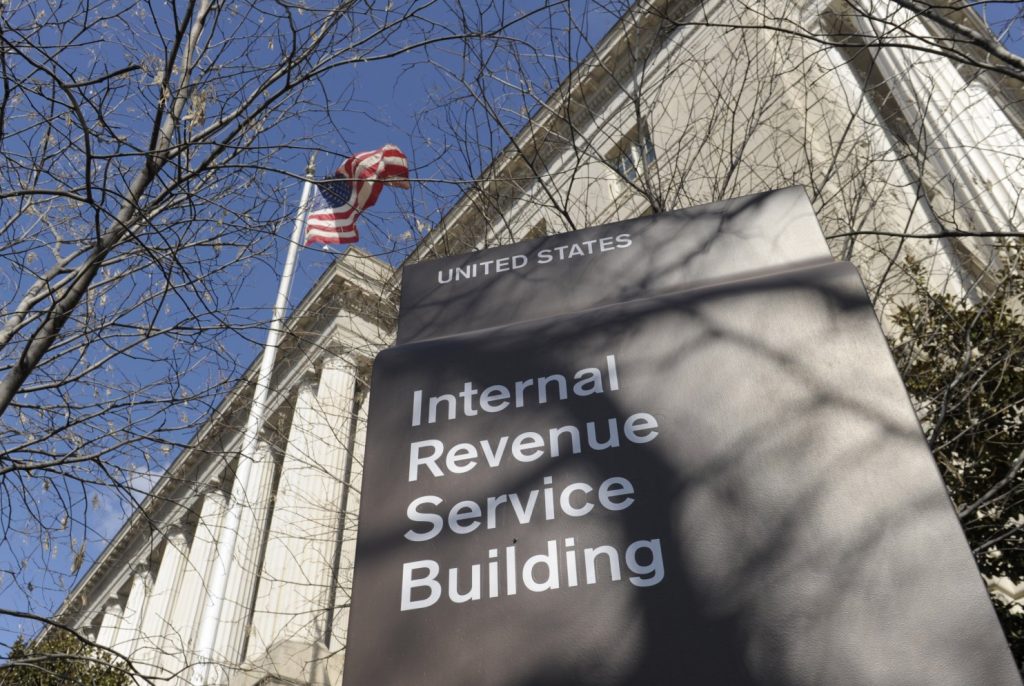
By Brittany Gamlen
This past summer I studied abroad in Italy with the Baylor in Italy program. Besides eating too much gelato and pasta, I was lucky to have the privilege of visiting the Italian Parliament. While eating breakfast in our hotel one morning I mentioned to Dr. Smith that I was interested in visiting parliament. One phone call later, and Dr. Smith and I had an entire day booked with parliament, including a private lunch with a congressman. It proved to be a whirlwind, but it was unlike anything I have experienced.
After taking an early morning train, Dr. Smith and I arrived in Rome at the Senate House. We handed over our IDs in exchange for badges that granted us access to the Senate gallery. After passing through metal detectors, we were admitted into the main hallway of the building. The elevator brought us to the second floor, where we were greeted by two more guards. The guards took our personal belongings, as the senate has a strict policy against taking any photos of the senate’s session. We were briefed on the proper behavior for observing the senate; you must sit up straight, limit your talking and not show any emotion. Once in the gallery, the guard sat behind us during our visit so he could ensure that we continued to follow the protocol. Furthermore, if the senate were to go into a closed conference, we would have to leave the gallery until they were finished. A closed conference could take anywhere from a few minutes to a few hours. To our luck, we only had to leave the gallery once for about fifteen minutes during hour two-hour visit.
The Italian political system is much different than ours. For starters, their Senate has 315 senators, their Chamber of Deputies (the equivalent of our House of Representatives) has 630 members, and there are twelve parties. Thus, thinks are chaotic by nature. Each party is too small to accomplish anything of its own, so parties get together to form coalitions. There are two main coalitions in Italy, and they get into conflict with one another the way our parties do in the United States. People often say that Congress can never get anything done, but I can assure you our Congress is nothing like the craziness of the Italian Senate.
The morning we visited, the Senate was arguing about the best way to solve the current banking crisis (or at least that is what Dr. Smith translated for me since my Italian skills end with “ciao”). Many senators advocated for centralizing the banks, while many others were strongly against it, and the rhetoric became incredibly heated. At one point, a female senator began yelling violently, prompting several senators to run towards her. A few guards rushed onto the floor and formed a circle around her, preventing her from being harmed. Like I said, the disorder of our congress is nothing compared to that of the Italian Parliament. Even so, there was some elements that were not so different from the United States. The senators were unfocused on the speaker and instead were on the phone were their staff, away from their desks socializing with one another, or absent from the floor entirely. When it was time to vote, the floor suddenly became full of senators sprinting to their desks.
Maybe politics is crazy everywhere, and we do not realize how much more efficient we can be in the United States (even if it might not always seem like it). Regardless, things are not as rambunctious as they are in the Italian Senate.
Brittany Gamlen is a senior majoring in political science.







